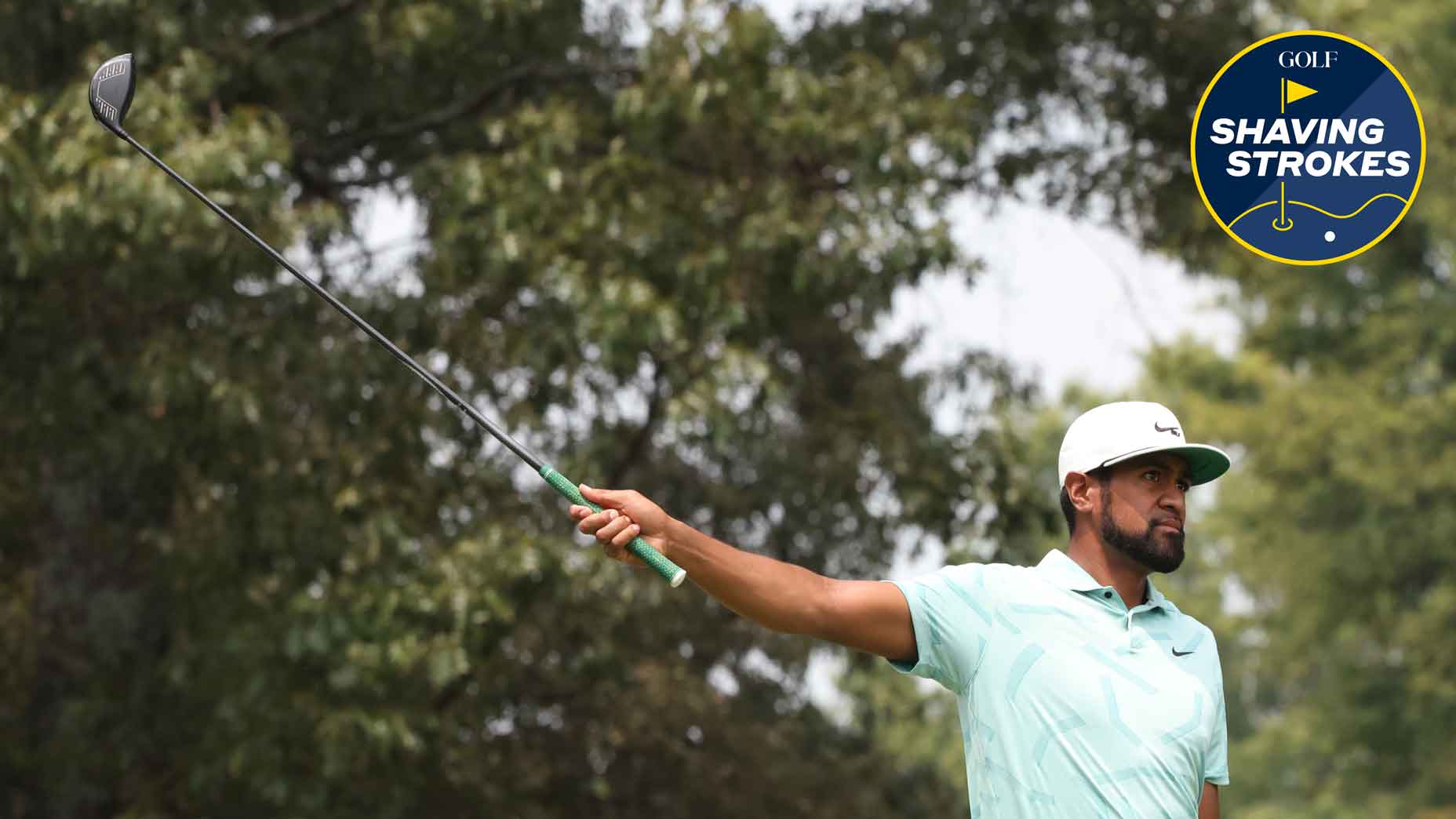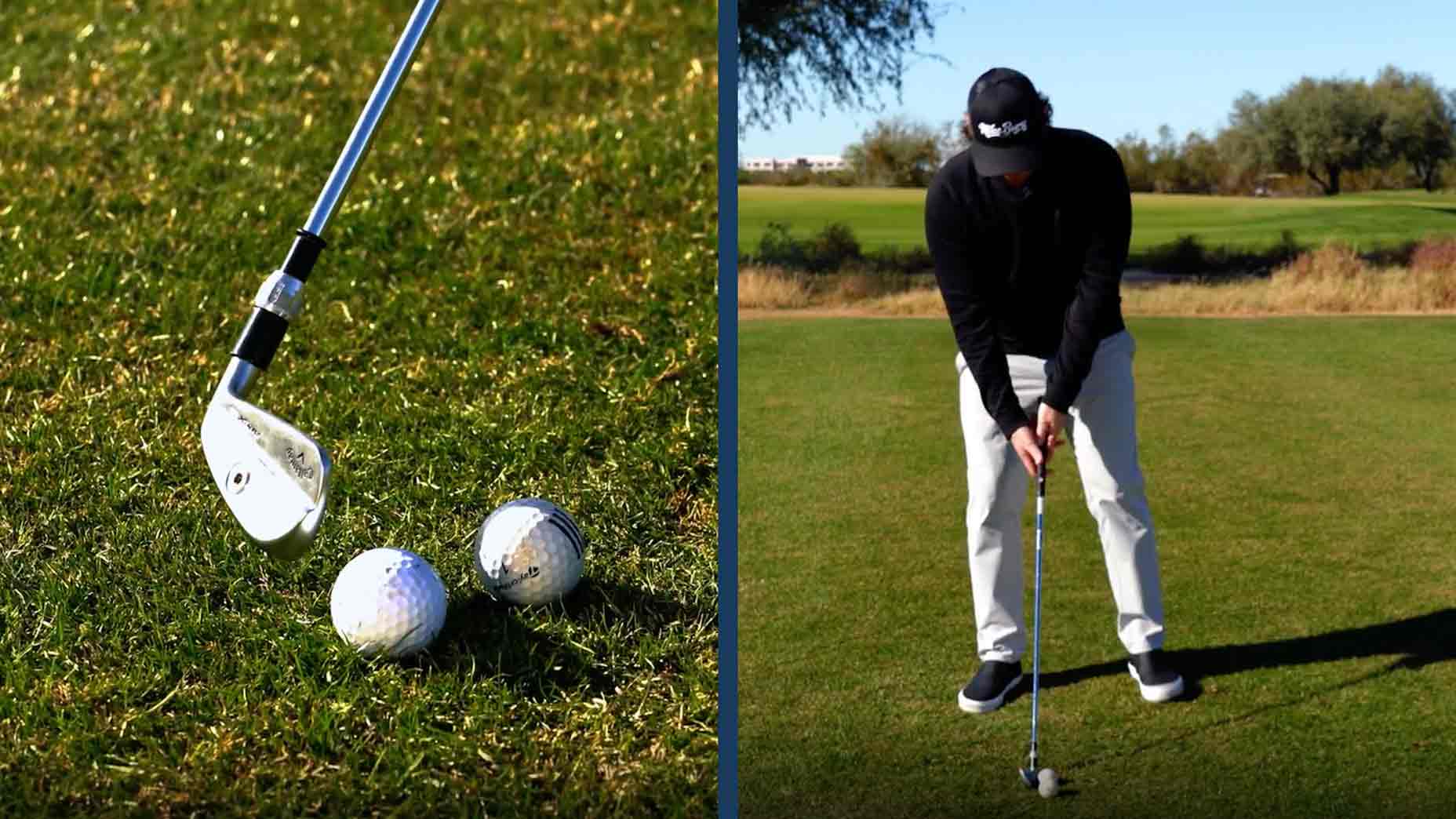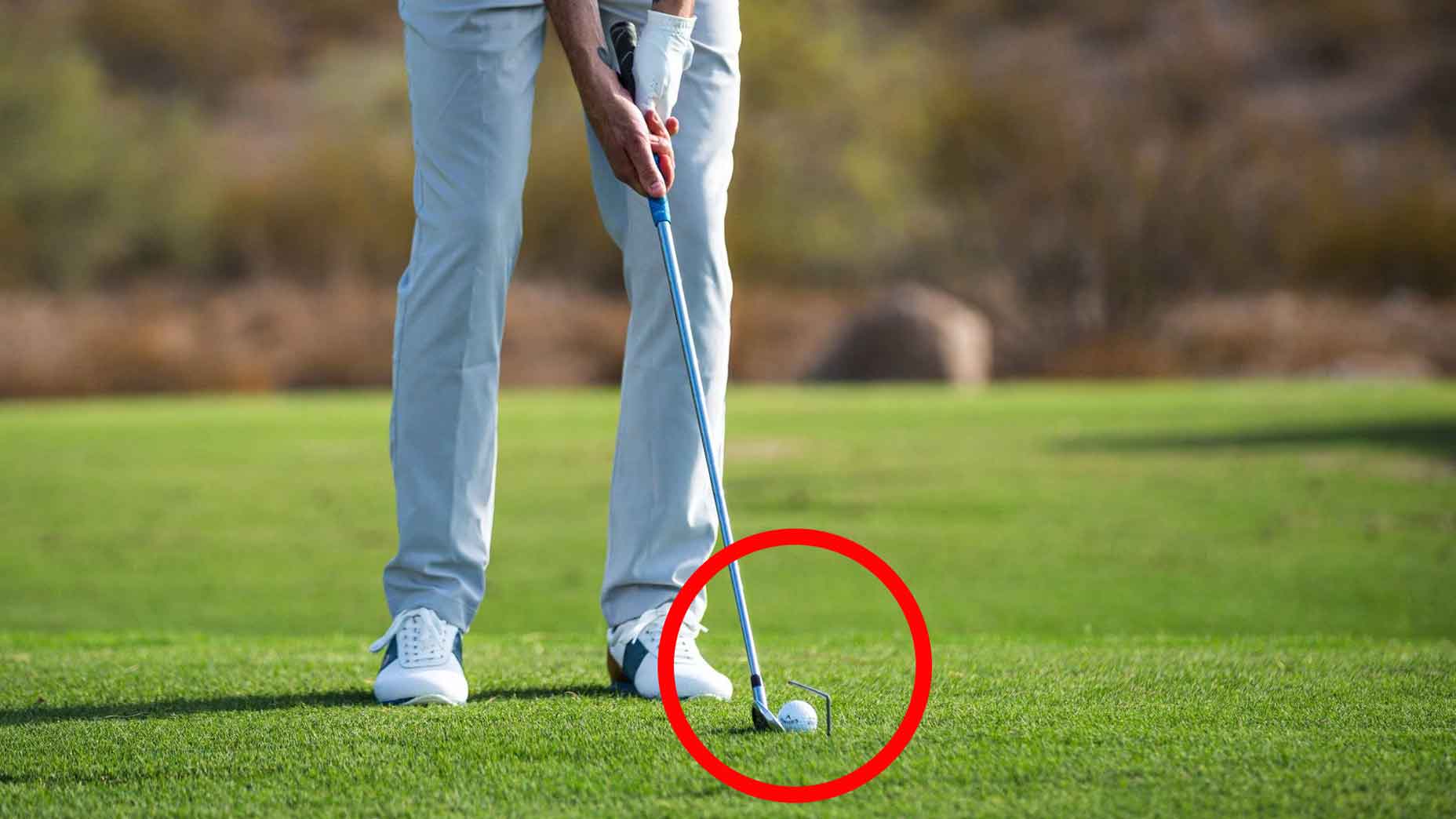Welcome to Shaving Strokes, a GOLF.com series in which we’re sharing improvements, learnings and takeaways from amateur golfers just like you — including some of the speed bumps and challenges they faced along the way.
There are plenty of bad types of mishits in golf, but shanking the ball has to go down as one of the most infuriating.
Just when you seemingly do everything right by stretching yourself out, hitting the practice range, working on a variety of clubs and locking in mentally as you make your way to the first tee box, that confidence just seems to evaporate into thin air when you shank it.
It’s one thing to have a bad shot and move on from it. But it’s another when the shanks become a chronic issue that lead to much bigger problems in your golf game.
Avoid hitting shanks by practicing this clever 2-ball drillBy: Nick Dimengo
Since that’s a very real possibility for amateur players, the key to eliminating the shanks for good is knowing what you’re doing wrong to begin with.
Shanks happen when the ball hits the hosel of the club (which is where the clubhead and the shaft meet). It doesn’t matter if your face is open, closed or square, when your swing path is either too far from the inside or too far over the top, you’re likely going to shank it.
So now that you know why and how shanks occur, it’s time to understand how to fix them from ever happening again.
Thankfully, GOLF Top 100 Teacher Jim Murphy is here to help.
Below, Murphy describes three moves that can help every golfer overcome nasty shanks — leading to better contact, flusher shots, and, most importantly, more opportunities to score low.
Get rid of shanking with these 3 moves, says Murphy
“Shanking the ball is, by far, the worst feeling in golf,” says Murphy. “It produces a poor outcome and leads to confidence issues that can debilitate a golfer, especially an amateur player.”
Whether you have a case of the shanks or just experience one every now and again, Murphy has three moves that will correct the problem.
“A lot of times, I’ve found that using just a few different moves can finally get rid of this horrendous type of shot,” he adds.
1. Back up
Many times, players tend to creep closer to the ball in an effort to try and control the ball better. Problem is, when they get too close, any movement that the body makes toward the ball will push the contact towards the heel of the club — which is where the hosel is.
So back up and give yourself some room on your shot. This will help get the ball more towards the sweet spot and decrease the chance of a shank.
2. Weight back
It’s common to see a player’s weight get too far forward toward their toes. When this occurs, their swing may move their body closer to the ball — which, again, brings the hosel into play.
To fix this, make sure to move your weight back into the balls of your feet at address. This will help produce better balance throughout the swing.
3. Stay up and back
Shanking can happen when a player moves their body out and towards the ball on the downswing, which makes solid contact nearly impossible.
To avoid getting too close with your weight too far forward, always stand tall and keep your head behind the ball, using good golf posture. This will help you stay more balanced with your club on the right swing plane.












